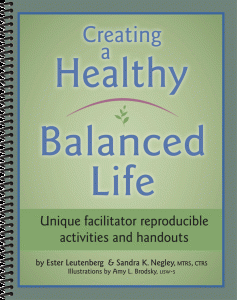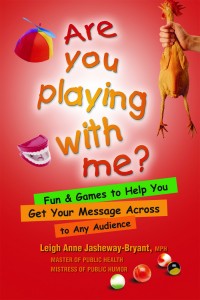Self-care: indulgence or essential?
Many of us have been brought up with the idea that taking care of ourselves in any way but the most basic healthy eating and exercise is selfish. We should think of others first. We should take care of our kids, our community, our church, our friends, our coworkers, our pets before indulging ourselves. The list of priorities goes on and on. Where do we put taking care of ourselves? Self-care often winds up at the very end of the list…the place where we never arrive.
What we really need are what Nikisha Brunson, co-founder of Urban Bush Babes describes as “everyday healthy rituals that help keep your body and mind energized.” For one person it might mean spending an hour each day knitting, for another reading, for yet another a soothing bubble bath. Each of us is different except for that one outstanding issue: we need to care for ourselves to maintain the energy we need to care for others.
Self-care is not just for the self-indulgent “women who do lunch.” It is for every one of us. It is crucial to finding peace of mind and to finding what is needed within ourselves to give back in this uncertain and often scary world.
Self-care is especially important in times of grief. It is easy to bury oneself in the details that crop up when you have experienced a loss. The following exercises are excerpted from Griefwork: Healing from Loss by Fran Zamore, LISW, IMFT, and Esther R.A. Leutenberg. They are applicable to all of us, whether we are experiencing a loss or just experiencing our day-to-day life.
Are you doing enough for yourself? Download “Self-care Domains” and keep it handy. During the next couple of weeks fill in what you do for yourself in each of the five domains: Physical, spiritual, social, emotional, and intellectual. You will find that many activities are applicable to more than one domain.
Here are some examples:
Going to exercise class
- Physical because it is good for my body and my health
- Social because I have friends and/or acquaintances in the class
- Emotional because I release some anger and/or frustration when I exercise
Walking/hiking
- Physical because of health benefits
- Spiritual because I walk in nature and find that to be my spiritual connection
- Emotional because walking is a stress-buster for me
Reading
- Intellectual because I’m stimulating my brain by thinking
- Social because I go to a book discussion group
- Emotional because I’m reading escape novels
- Spiritual because I’m reading uplifting book
At the end of two weeks, review what you have entered in the self-care domains. Make an effort to add new things in areas you’ve neglected.
Self-Care Exercises
WAYS TO NOURISH (OR CARE FOR) MYSELF (Download here)
Check ‘nourishments’ that you would be willing to commit to do in the next month.
On the blank lines at the end add some of your own activities. Get involved in something new.
- do a craft or hobby
- write in a journal
- exercise
- call a friend
- meditate
- take a long warm bath & light a candle
- go to a place of worship
- listen to music
- go to a movie, even if I cry
- read
- go to a museum
- work in the garden
- care for a pet
- volunteer
- __________________________ __________________________
- __________________________ __________________________
- __________________________ __________________________
- __________________________ __________________________
- __________________________ __________________________
Journal about your self-care. Remember you are writing for yourself. Don’t worry about spelling, sentence structure, and the like. Just write your thoughts as they come to you. Refer to this entry when you are feeling guilty for taking time for yourself.
LEISURE (Download here)
Leisure or recreational activities serve many healthful purposes, including self-care. Some can be intellectually stimulating and some promote socialization. Others are healthful because they are a physical outlet. Still others may provide a needed spiritual dimension.
ACTIVITY SUGGESTIONS:
Accomplish something…bicycle to the store
Be alone…meditate
Be a spectator…go to a sporting event or concert
Be sociable…accept an invitation to a social gathering
Be spiritually uplifted…take a walk in the park or go to a house of worship
Compete in a sport you like
Continue to learn…take an adult learning class for credit or audit
Exercise alone…walk on a treadmill at home or go for a walk in nature
Exercise with others…ask a close friend to go with you
Keep emotionally stimulated…discuss issues openly with trusted friends / family
Keep mentally stimulated…do crossword puzzles, play Jeopardy
Keep physically stimulated…join a health club
Relax…take some sunscreen, a magazine, and sit outside
Return to a hobby from the past…find an old train collection in the attic and set it up
Be creative…participate in arts, crafts, knitting, sewing, writing
Journal about your self-care. Remember you are writing for yourself. Don’t worry about spelling, sentence structure, and the like. Just write your thoughts as they come to you. Refer to your list when you are at a loss for something to do just for yourself.





